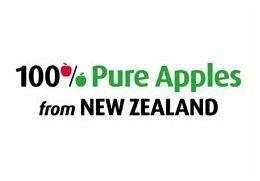
New Zealand’s Apple Futures programme will come to an end this month, with the production system developed by the project taken under the wing of peak body Pipfruit New Zealand.
The three-year Apple Futures programme has aimed to minimise chemical residues on New Zealand apples to 10 per cent of less of allowable maximum residue levels (MRLs) in the fruit’s destination market.
According to Pipfruit New Zealand CEO Peter Beaven, the programme has achieved results beyond its initial aims and been of great benefit to the country’s industry.
“It was an outstanding success in terms of delivering safe fruit,” he told Fruitnet.com.
“We haven’t completed all tests yet, but nearly all residues have been at the limits of detection, i.e. 5-20 parts per billion. The worst residue we have come across was still only 12 per cent of the allowable residue for the EU.”
Around 65 per cent of New Zealand’s apple orchards have adopted the programme, while an additional 11 per cent is certified as organic.
“Pipfruit New Zealand will continue to promote and advocate the programme both internally and externally, and I expect we will see the rest of the industry adopt it over the next few years,” Mr Beaven predicts.
While the production system will be taken under the guiding hand of the industry body, the Apple Futures name, which has established an international reputation, has itself an uncertain future.
“We are not sure if we should use the epithet Apple Futures for the next innovation we introduce, or whether it will continue with specific application to production systems aimed at nil residue. There’s no decision on that yet.”
The NZ$3m Apple Futures programme was run in partnership between Pipfruit New Zealand and the three major apple-producing regions’ economic development agencies, Hawke’s Bay Incorporated, the Nelson Regional Economic Development Agency and Otago Forward, with support from New Zealand Trade and Industry.
It followed on from the successful Integrated Fruit Production Programme of the 1990s, and in part spurred the development of New Zealand’s current ‘100% Pure’ brand.



